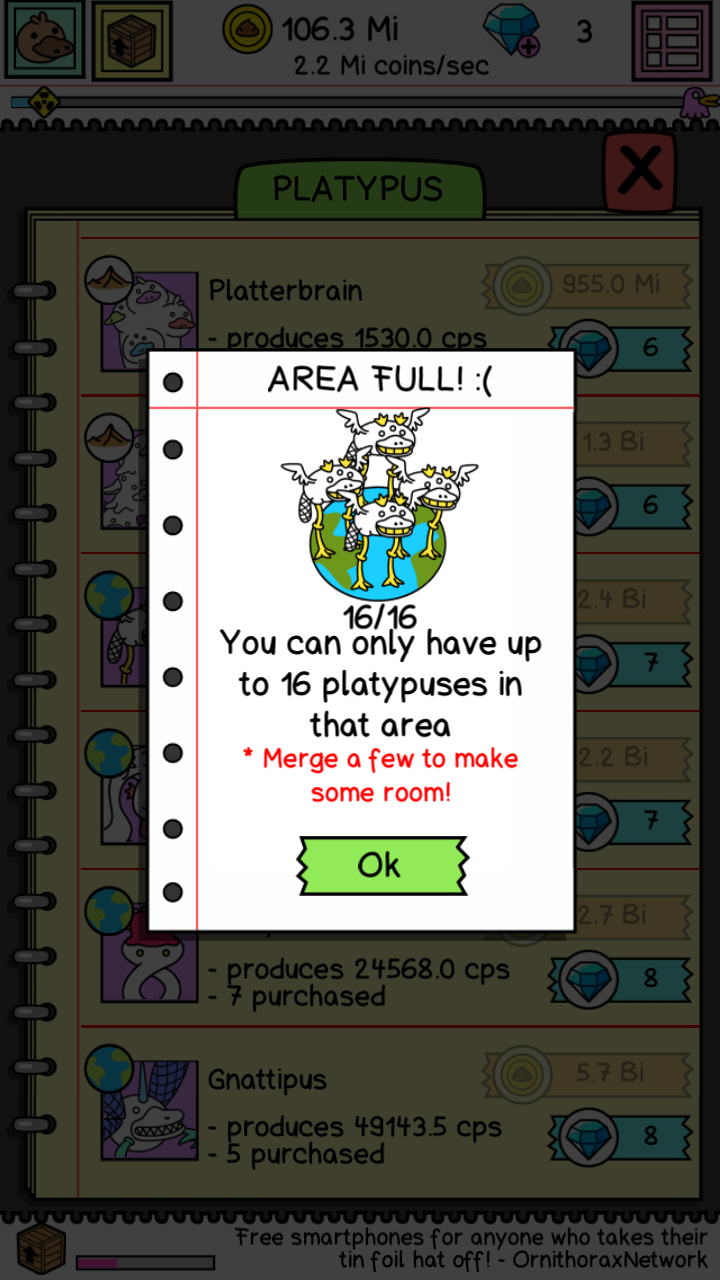
The nostrils are located on the dorsal surface of the snout, while the eyes and ears are located in a groove set just back from it this groove is closed when swimming. Unlike a bird's beak (in which the upper and lower parts separate to reveal the mouth), the snout of the platypus is a sensory organ with the mouth on the underside. The webbing is more significant on the front feet and is folded back when walking on land. It has webbed feet and a large, rubbery snout these are features that appear closer to those of a duck than to those of any known mammal. The platypus uses its tail for storage of fat reserves (an adaptation also found in animals such as the Tasmanian devil and fat-tailed sheep). The fur is waterproof, and the texture is akin to that of a mole. The body and the broad, flat tail of the platypus are covered with dense, brown fur that traps a layer of insulating air to keep the animal warm. The name "platypus" is often prefixed with the adjective "duck-billed" to form duck-billed platypus, despite there being only one species of platypus. Early British settlers called it by many names, such as watermole, duckbill, and duckmole. Colloquially, the term "platypi" is also used for the plural, although this is technically incorrect and a form of pseudo-Latin the correct Greek plural would be "platypodes". Scientists generally use "platypuses" or simply "platypus". There is no universally agreed plural of "platypus" in the English language. The scientific name Ornithorhynchus anatinus is derived from ορνιθόρυνχος ( ornithorhynkhos), which literally means "bird snout" in Greek, and anatinus, which means "duck-like" in Latin. It was independently described as Ornithorhynchus paradoxus by Johann Blumenbach in 1800 (from a specimen given to him by Sir Joseph Banks) and following the rules of priority of nomenclature it was later officially recognised as Ornithorhynchus anatinus. Shaw assigned it as a Linnaean genus name when he initially described it, but the term was quickly discovered to belong already to the wood-boring ambrosia beetle (genus Platypus). The common name "platypus" is the latinisation of the Greek word πλατύπους ( platupous), "flat-footed", from πλατύς ( platus), "broad, wide, flat" and πούς ( pous), "foot".
#Platypus evolution complexipus description skin
Shaw even took a pair of scissors to the dried skin to check for stitches. It was thought that somebody had sewn a duck's beak onto the body of a beaver-like animal. George Shaw, who produced the first description of the animal in the Naturalist's Miscellany in 1799, stated that it was impossible not to entertain doubts as to its genuine nature, and Robert Knox believed it might have been produced by some Asian taxidermist. British scientists' initial hunch was that the attributes were a hoax.


When the platypus was first encountered by Europeans in 1798, a pelt and sketch were sent back to Great Britain by Captain John Hunter, the second Governor of New South Wales. Although captive breeding programmes have had only limited success and the platypus is vulnerable to the effects of pollution, it is not under any immediate threat. Until the early 20th century, it was hunted for its fur, but it is now protected throughout its range. It is one of the few venomous mammals, the male platypus having a spur on the hind foot that delivers a venom capable of causing severe pain to humans. The bizarre appearance of this egg-laying, venomous, duck-billed, beaver-tailed, otter-footed mammal baffled European naturalists when they first encountered it, with some considering it an elaborate fraud. It is the sole living representative of its family ( Ornithorhynchidae) and genus ( Ornithorhynchus), though a number of related species have been found in the fossil record. Together with the four species of echidna, it is one of the five extant species of monotremes, the only mammals that lay eggs instead of giving birth to live young. The platypus ( Ornithorhynchus anatinus) is a semi-aquatic mammal endemic to eastern Australia, including Tasmania.


 0 kommentar(er)
0 kommentar(er)
